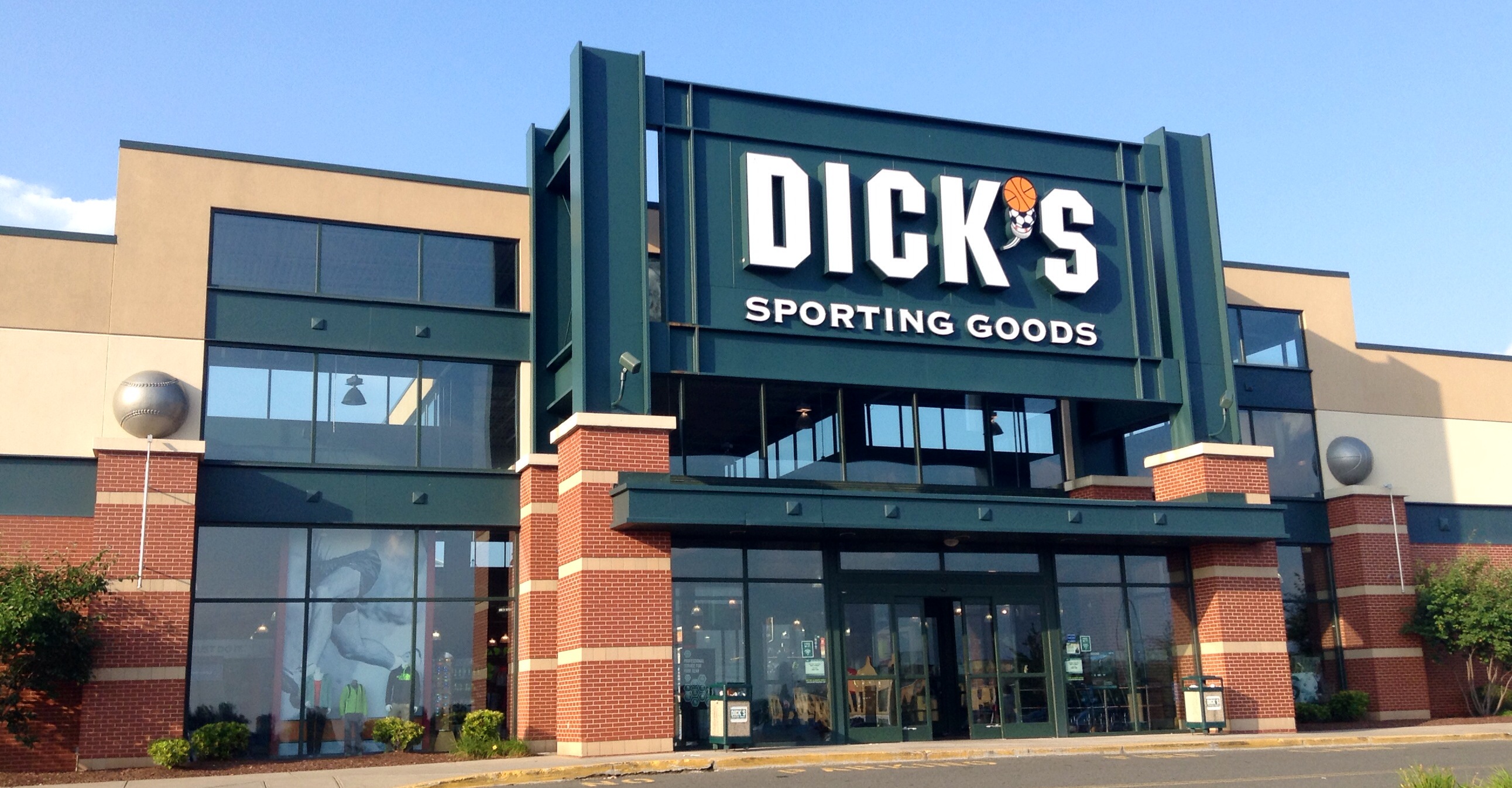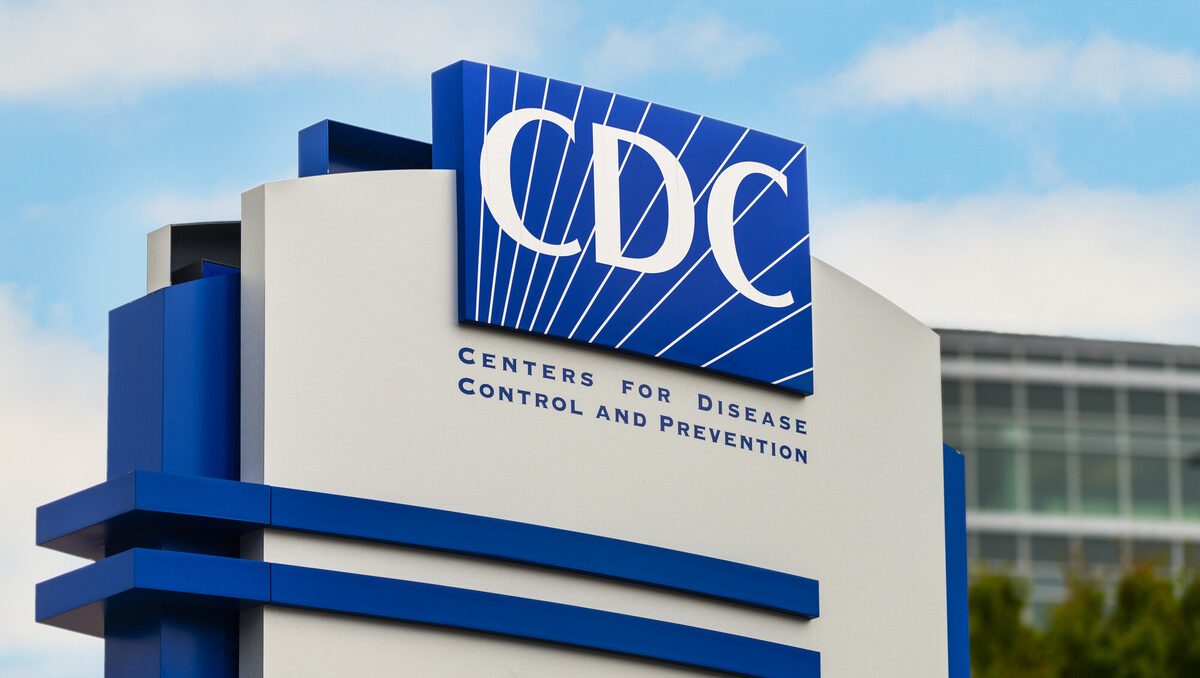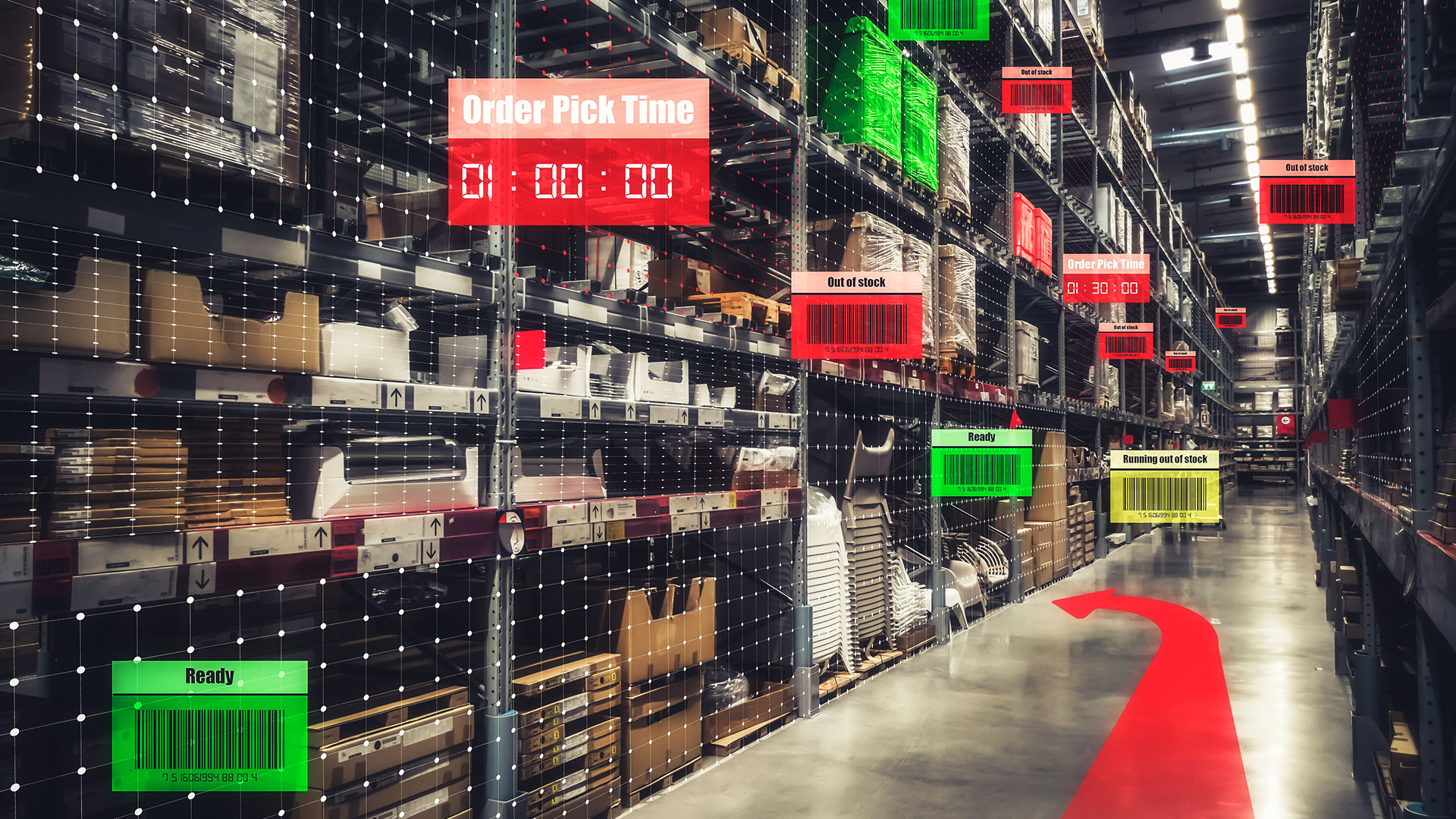Red Lobster’s Nostalgia-Driven Rebrand: Small Volumes, Big Cultural Impact

Summary:
Red Lobster’s nostalgia-fueled rebrand shows that cultural influence isn’t always about volume—it’s about emotional resonance. By reviving memories of family dinners, “endless shrimp” feasts, and the iconic Cheddar Bay biscuits, the brand is turning retro charm into modern relevance. What’s striking is that the loudest voices aren’t its traditional diners, but Millennials and Gen Z, who are remixing Red Lobster into meme culture and digital conversations. With fewer than 2,000 mentions sparking nearly 40,000 engagements, the brand demonstrates that a carefully crafted nostalgia strategy can punch far above its weight—proving that in today’s attention economy, smaller but stickier cultural moments may be the true measure of success.
Red Lobster’s Nostalgia-Driven Rebrand: Small Volumes, Big Cultural Impact
When you think of Red Lobster, chances are the image that comes to mind is less about fine dining and more about family dinners, “endless shrimp,” or those famously addictive Cheddar Bay biscuits. That’s exactly the space the brand is leaning into with its latest nostalgia-driven campaigns. And while the volume of online conversation may be modest, the insights reveal a surprisingly positive and strategic story about Red Lobster’s cultural relevance today.
The Numbers at a Glance
Over the past week, Red Lobster generated around 2,000 mentions across digital platforms, leading to an impressive 39,400 engagements. This high engagement-to-mention ratio indicates that when Red Lobster does show up in the conversation, it strikes a chord.
- Sentiment: 28% positive vs. 19.9% negative
- Gender Split: 67% male vs. 33% female
- Age Distribution: 55.7% (25–34), 34.7% (18–24)
In short, the online buzz is relatively small compared to other casual dining giants, but its impact is outsized—especially among younger audiences.
Nostalgia as Strategy
Red Lobster’s brand equity lies in its history. Generations of diners have stories tied to family meals, birthday celebrations, or cheeky “endless shrimp” nights. The brand has wisely tapped into this nostalgia, reminding consumers of its place in cultural memory.
This is especially powerful because nostalgia marketing isn’t just about looking back—it’s about connecting emotionally in the present. For Red Lobster, it positions the brand as both comforting and relevant in a crowded dining landscape.
Who’s Talking About Red Lobster?
Here’s where things get interesting: while Red Lobster’s in-store demographic often skews older, the digital conversation is being driven by Millennials and Gen Z.
- Millennials (25–34) dominate at 55.7% of mentions, often reminiscing about past dining experiences.
- Gen Z (18–24) follows at 34.7%, frequently engaging with Red Lobster in a more tongue-in-cheek, meme-driven way.
Despite not being the traditional diners filling booths, these younger audiences are amplifying the brand online, turning Red Lobster into a cultural talking point that feels “retro-cool.”
Why Small Volumes Still Matter
For many brands, scale is everything—but in Red Lobster’s case, efficiency of engagement is the real win. With fewer than 2,000 mentions producing tens of thousands of engagements, the nostalgia rebrand is proving that quality beats quantity when it comes to online conversations.
This suggests two things:
- Campaign resonance is high — when people talk about Red Lobster, others listen, share, and engage.
- The brand is culturally sticky — nostalgia ensures it continues to live rent-free in consumers’ memories, even if dining frequency is lower than in its heyday.
Final Takeaway
Red Lobster’s nostalgia-driven campaigns may not generate massive volumes of chatter, but they are highly effective in shaping a positive brand narrative. By sparking high engagement with younger, digital-native audiences, Red Lobster is proving that small volumes can still have a big cultural impact.
In a world where cultural relevance is as valuable as foot traffic, Red Lobster is quietly clawing its way back into the conversation—one Cheddar Bay biscuit at a time.


Read More

RILA Global Consulting Successfully Completes Rigorous Pharmacovigilance Audit
RILA Global Consulting’s flawless completion of a rigorous pharmacovigilance audit isn’t just a regulatory win — it’s a statement about the future of life sciences. In an era where pharmaceutical companies are under relentless scrutiny, RILA’s zero-finding result underscores the power of combining strict compliance with data-driven insights.
September 17, 2025
READ MORE

August 2025 Consumer Sentiment Report: Inflation Concerns, Debt Pressures, and the Rising Role of Customer Service
August 2025 painted a sobering picture of the American consumer psyche. Rising inflation, mounting debt stress, and frustration with declining service quality are shaping how people spend and interact with brands. RILA GLOBAL CONSULTING’s analysis of over 13 million online conversations shows negativity outweighing positivity by more than six-to-one, with customer service now a key factor in big-ticket purchase decisions. Consumers are seeking ways to manage debt, distrust budgeting apps, and want transparency from the brands they engage with. For businesses, this means that price alone won’t win loyalty — service, honesty, and strategic weekend engagement could be the difference between losing and keeping a customer in today’s fragile economy.
September 16, 2025
READ MORE

Dick’s Sporting Goods Social Listening Report: What Consumers Said in August 2025
August 2025 revealed Dick’s Sporting Goods as a brand at the center of consumer conversation — praised for its product quality, community engagement, and innovative retail experiences, yet challenged by customer service frustrations and competitive pressure from Amazon. Social listening data not only exposed what consumers celebrated and criticized but also reflected broader retail trends — from merger speculation with Foot Locker to concerns about retail theft and shifting stock market sentiment. For retailers, this report is a reminder that monitoring digital conversations isn’t just about tracking mentions — it’s about decoding the cultural and competitive forces shaping consumer expectations and using those insights to make smarter, faster business decisions.
September 16, 2025
READ MORE

Why ACIP & CDC Updates Matter and How Social Listening Keeps Pharma Ahead
ACIP and CDC vaccine updates don’t just set public health policy—they ignite immediate conversations that ripple across physicians, patients, media, and advocacy groups. For pharmaceutical companies, the challenge isn’t simply keeping up with these changes, but anticipating how they’ll be interpreted, debated, and sometimes misrepresented in real time. By harnessing social listening, pharma can move beyond reacting to policy shifts and instead proactively shape narratives, protect brand trust, and align with the voices that truly influence healthcare decisions.
September 10, 2025
READ MORE

RILA Global Impact Grant: Research for Good
RILA Global Impact Grant: Get up to $25K in pro bono research to boost your nonprofit, NGO, or mission-driven organization’s social impact.
August 23, 2025
READ MORE

RILA GLOBAL CONSULTING Welcomes Steve Becker as Managing Partner to Lead New Market Research Services
A new chapter in AI-powered research as Steve Becker takes on Managing Partner role at RILA Global Consulting.
August 23, 2025
READ MORE

Using AI to Uncover White Space Opportunities in CPG
In today’s competitive consumer packaged goods (CPG) industry, success is no longer about shelf space but about uncovering white space opportunities, those unmet consumer needs and hidden market gaps that drive growth and innovation. Artificial intelligence (AI) is revolutionizing how brands identify these opportunities by analyzing consumer sentiment, competitor activity, purchase behaviors, and search patterns in real time. From predicting emerging trends to validating product ideas, AI empowers small and mid-sized CPG companies to achieve first-mover advantage, reduce launch risks, and align with evolving consumer values. By leveraging AI-driven insights, brands can transform data into market-leading products that capture demand before competitors even notice.
August 16, 2025
READ MORE

AI-Powered Product Launches in CPG: Insights from Real-Time Data
AI is transforming product launches in the consumer packaged goods (CPG) industry by replacing guesswork and delayed feedback with real-time, data-driven decision-making. For small and mid-sized enterprises (SMEs), this shift levels the playing field, enabling brands to track consumer sentiment, predict demand surges, and optimize marketing and inventory strategies on the fly. Unlike traditional launches that rely on outdated research and rigid plans, AI-powered tools deliver actionable insights from social media, ecommerce, and POS systems in real time—helping companies reduce wasted spend, reallocate resources dynamically, and boost sales performance. By starting small with pilot launches, setting clear success metrics, and building agile response systems, SMEs can turn product launches into repeatable, scalable growth strategies rather than high-stakes gambles.
August 16, 2025
READ MORE

Predicting Drug Demand with AI: A Pharma Case Study
Artificial intelligence is transforming pharmaceutical demand forecasting by helping companies predict drug demand with greater accuracy, reduce waste, and ensure timely patient access. This case study highlights how a mid-sized pharma company overcame the challenges of launching a new specialty drug across diverse markets by implementing a custom AI forecasting model. Leveraging machine learning to analyze sales data, prescribing patterns, and public health signals, the company improved forecast accuracy by 42%, reduced excess inventory by nearly a third, and minimized stockouts. For small and mid-sized pharma enterprises, AI-driven demand forecasting is not just a supply chain upgrade—it’s a strategic advantage that boosts profitability, mitigates risk, and supports better patient outcomes.
August 16, 2025
READ MORE